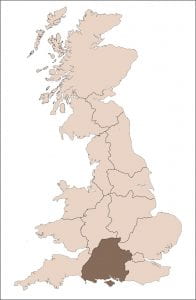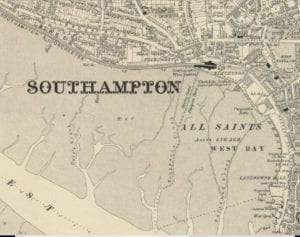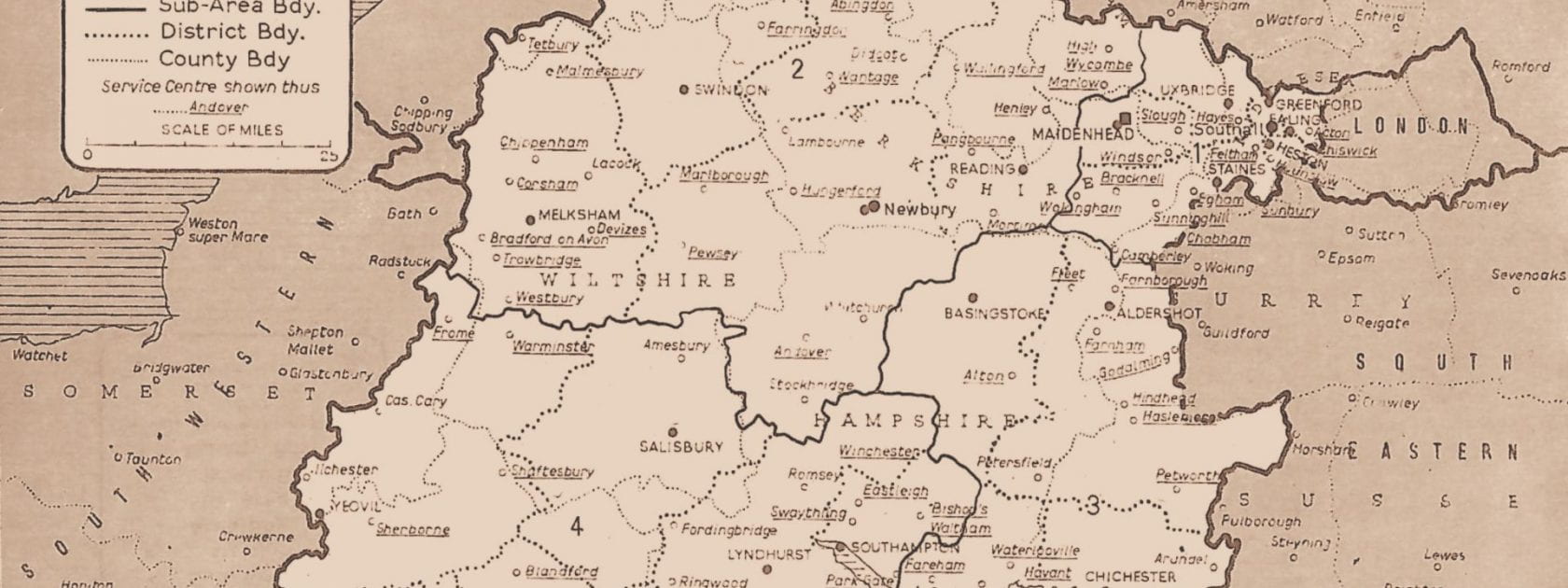Introduction
 Public electricity supplies began in Britain during the 1880s. By 1900 most urban places with over 50,000 population had some form of service, at least in the town centre. Gradually the isolated points on the national map began to coalesce, especially when the national grid helped local organisations to connect small towns, villages and eventually farms.
Public electricity supplies began in Britain during the 1880s. By 1900 most urban places with over 50,000 population had some form of service, at least in the town centre. Gradually the isolated points on the national map began to coalesce, especially when the national grid helped local organisations to connect small towns, villages and eventually farms.
In the process of electrification, hundreds of municipal and company organisations developed local and sometimes regional systems. Before nationalisation in 1948, however, there was little consolidation of areas.
The study of British electricity systems is a remarkably daunting task. While there is a rich legacy of detailed annual surveys, these publications have to be tracked down. The user is then faced with immense alphabetical listings of all sorts of enterprises, often in places which no longer have much meaning except to local residents. Since there are few contemporary maps, listing and grouping the electricity organisations geographically is difficult and often time-consuming.
These notes are offered as an outline guide to the pre-1948 local authorities and companies which developed electricity supplies in Southern England.

SOUTHAMPTON POWER STATION
Opened in 1903, after moving from a constricted site at Back-of-the-Walls, the station was extended many times, reaching its maximum capacity of 88,000kW in 1948. The mud flats of the River Test were reclaimed in the 1920s for the extended port. [Ordnance Survey, Six Inch Map, Hampshire LXV, SW. 1910 National Library of Scotland]
[next]


